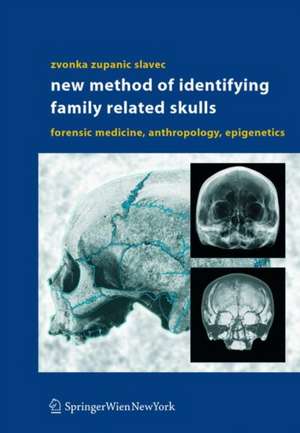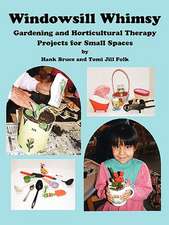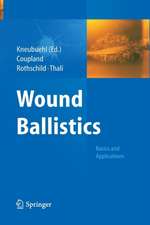New Method of Identifying Family Related Skulls: Forensic Medicine, Anthropology, Epigenetics
Autor Zvonka Zupanic Slavec Cuvânt înainte de G. Hauser, E. Strouhal, I. Grdinaen Limba Engleză Hardback – dec 2004
| Toate formatele și edițiile | Preț | Express |
|---|---|---|
| Paperback (1) | 722.69 lei 6-8 săpt. | |
| SPRINGER VIENNA – 5 noi 2012 | 722.69 lei 6-8 săpt. | |
| Hardback (1) | 705.43 lei 38-44 zile | |
| SPRINGER VIENNA – dec 2004 | 705.43 lei 38-44 zile |
Preț: 705.43 lei
Preț vechi: 742.56 lei
-5% Nou
Puncte Express: 1058
Preț estimativ în valută:
135.03€ • 146.72$ • 113.50£
135.03€ • 146.72$ • 113.50£
Carte tipărită la comandă
Livrare economică 17-23 aprilie
Preluare comenzi: 021 569.72.76
Specificații
ISBN-13: 9783211220443
ISBN-10: 3211220445
Pagini: 255
Ilustrații: XIII, 243 p.
Dimensiuni: 210 x 279 x 21 mm
Greutate: 0.96 kg
Ediția:2004
Editura: SPRINGER VIENNA
Colecția Springer
Locul publicării:Vienna, Austria
ISBN-10: 3211220445
Pagini: 255
Ilustrații: XIII, 243 p.
Dimensiuni: 210 x 279 x 21 mm
Greutate: 0.96 kg
Ediția:2004
Editura: SPRINGER VIENNA
Colecția Springer
Locul publicării:Vienna, Austria
Public țintă
ResearchCuprins
1. Introduction.- 2. Scientific Hypotheses.- 3. Methodology of Work.- 3.1. Historiographic methods.- 3.2. Identification methods.- 4 RESULTS.- 4.1. Historiographic results.- 4.2. Identification results.- 4.3. Comparison of the historical and identificational results.- 4.4. Results on kinship.- 4.5. Conclusions based on the historiographical and identificational results.- 4.6. Genealogical results.- 4.7. Art history results.- 5. Discussion.- 6. Conclusion.- List of Pictures and Illustrations.- 7. Literature.- Abstract.- About The Author.










